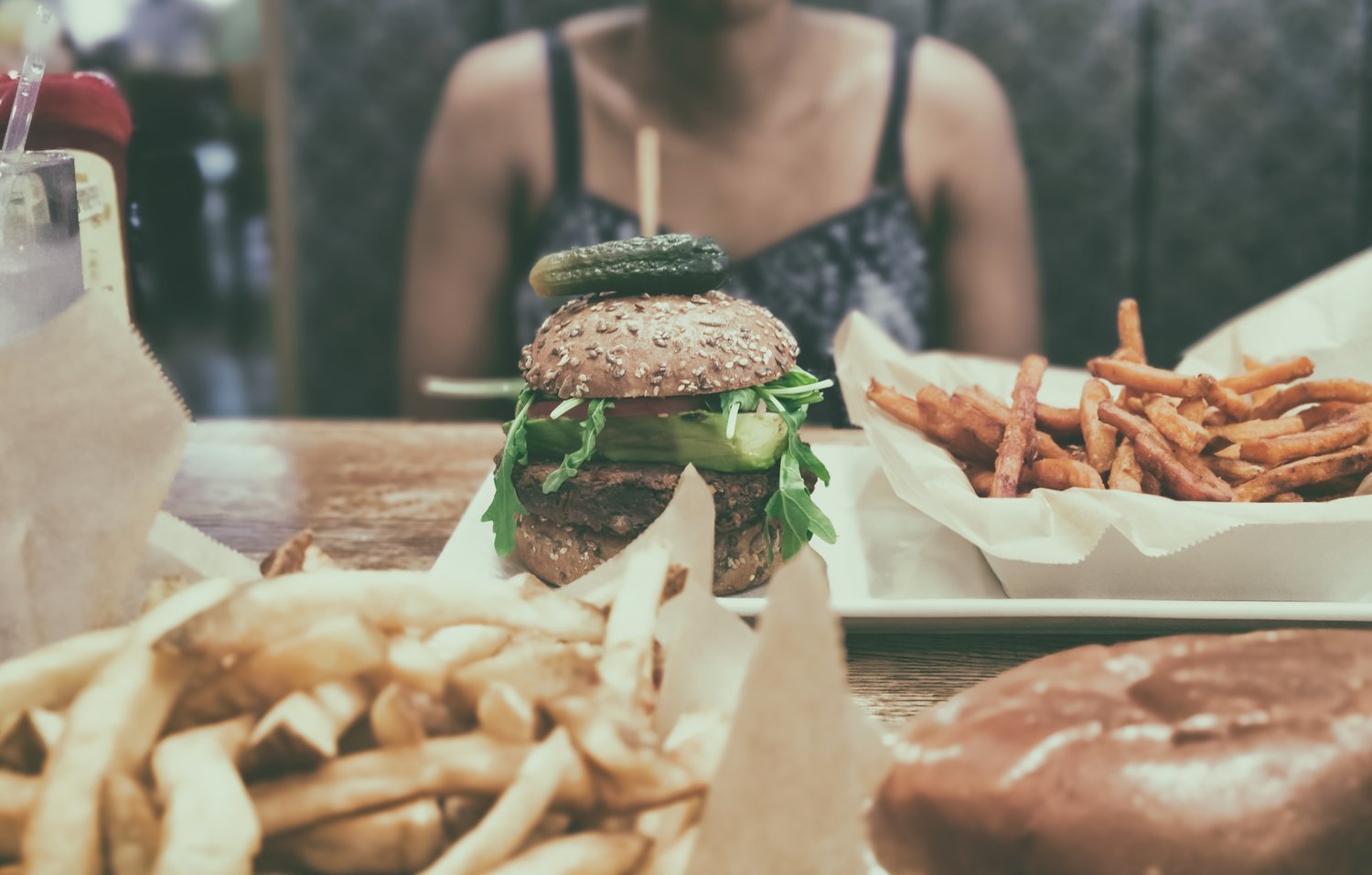4 Reasons you can't stick to your low carb diet
We’re human beings and we all need to blow off a little steam every once in a while. There’s no shame in that. It’s just that for many, blowing off steam sometimes means overindulging in a giant double pepperoni pizza with extra cheese.
Others may find their comfort food in another assembly of ingredients, but the point is: even with the strongest of wills, there’s a chance that you’ll struggle to stick to your low-carb diet if your previous eating habits weren’t exactly stellar.
It’s a normal bump in the road, and you shouldn’t beat yourself up over it. You shouldn’t give up either. In this article, we’ll try to unveil the main factors that could be hindering your attempts at some of the most popular low-carb diets.
1. Stress can ruin even the most basic low-carb regime
You’ve just started a new low-carb diet. You’re getting your life together and you’ve planned out the next couple of months based on these changes. Your schedule is tight and everything appears to be in order.
The thing is, we rarely account for the “unpredictability factor” in our calculations. Life is full of the unexpected and these sudden changes can easily knock you off your game, and before you know it, you’re eating a massive burrito because you haven’t had a chance to go home and carefully prepare a low-carb meal at just the right time. This is, by far the most relatable scenario for most of us.
Furthermore, even planned events and occasions can have unpredictable effects on us. Weddings, graduations, birthdays, receptions and, yes we’re going there, funerals can take us on a real emotional roller coaster ride – a ride that launches us straight out of a carefully designed dietary schedule.
2. Flu-like symptoms will wear you down: the low points of Paleo
A rock-solid paleo diet meal plan can do wonders for you, but you have to be patient. Even when you’re not seeing results as fast as you expected and things are disrupting your regime, you have to persevere. And do you know what’s interesting? Most people are willing to push through these difficulties.
When it comes to Paleo, the low points typically blindside you from unexpected sources. Namely, all the ways your body reacts to the drastic change in diet. You have to understand that your red blood cells and your brain have been fine-tuned for over a decade to use carbs as their primary source of energy. Remember that people are omnivores and their bodies can adapt over time to various dietary regimes and nutrients. This is a double-edged sword that is both your primary asset and your worst enemy.
As you make the transition to your new low-carb diet, you’ll feel sluggish and have a hard time with physical exertion. You’ll be easily irritable, and the headaches can get downright excruciating. In other words, you’ll feel sick while you go through the detox period, and this is for many, is a little too much to endure.
3. You can overindulge within limitations: the Keto example
The Ketogenic diet essentially entails a drastic reduction of carbs and turns fat into your primary source of nutrition, followed by protein. This leads to a process known as ketosis, where your body begins burning its fat stores and ketones – water-soluble molecules that feed your body and your brain with plentiful energy. However, there are a few ways in which you can fail at this diet.
For example, did you know that there is such a thing as Keto ‘junk food’? You can easily excel at eating bacon wrapped nibbles and fat bombs that are covered in erythritol sweetener. You won’t even know that you’re cheating until you go for a checkup. Also, eating too much protein overall can hinder the biochemical processes – a trap many Keto candidates fall into.
Another problem with the Keto diet can arise when you eat out. While you might be careful when ordering meals, you simply can’t be privy to the brands of ingredients cooks use behind kitchen doors. Finally, you may struggle to keep to the Keto diet for the same reason people fail at the Paleo diet – the tough transitional period with flu-like symptoms.
Related: Your essential guide to the Keto diet
4. Carbs where you don’t expect them: why the Atkins diet worked before and not now
The Atkins diet sounds easy enough. To simplify for the sake of brevity, this diet involves reducing carb intake to 20 grams per day during the first stage and increasing it slowly over the following three phases.
Straightforward and clearly outlined, it’s a type of low-carb diet that can be achieved by practically anyone, right? So how could you fall off the low-carb wagon with the Atkins diet?
Well, because we live in a high-carb world!
In the section about the keto diet, we mentioned the traps of eating out. You can’t know which brands of ingredients and products make up a meal, even when it’s technically a no-carb ingredient. The sad fact of the matter is that processed, manufactured food today contains latent carb compounds, and it has become practically impossible to avoid them. The only solution is to go for entirely organic, independently sourced groceries, which is unaffordable for most people.
A final word
Going low carb can be challenging but it doesn’t have to be so extreme. While the Keto, Paleo and Atkins diets have proven to be extremely effective for weight loss in the short-term, they are almost always impossible to stick to long-term given the severity of their restrictions.
Instead of approaching low-carb diets with an all-or-nothing attitude, try slowly reducing your carbohydrate intake in a way that is both manageable and reflective of your lifestyle. It’ll be less of a shock on your body and while the results may take a little longer, they’ll be far more sustainable.
Note: If you feel that you aren’t getting everything your body needs to perform on a calorie deficit diet, you may want to consider taking a multivitamin and mineral supplement as a safety net. We recommend





